Dye Sublimation, CMYK, and the Pantone Matching System: The Tools That Will Make Your Banner, Backdrop or Gonfalon Look as You Envisioned It
August 22, 2017
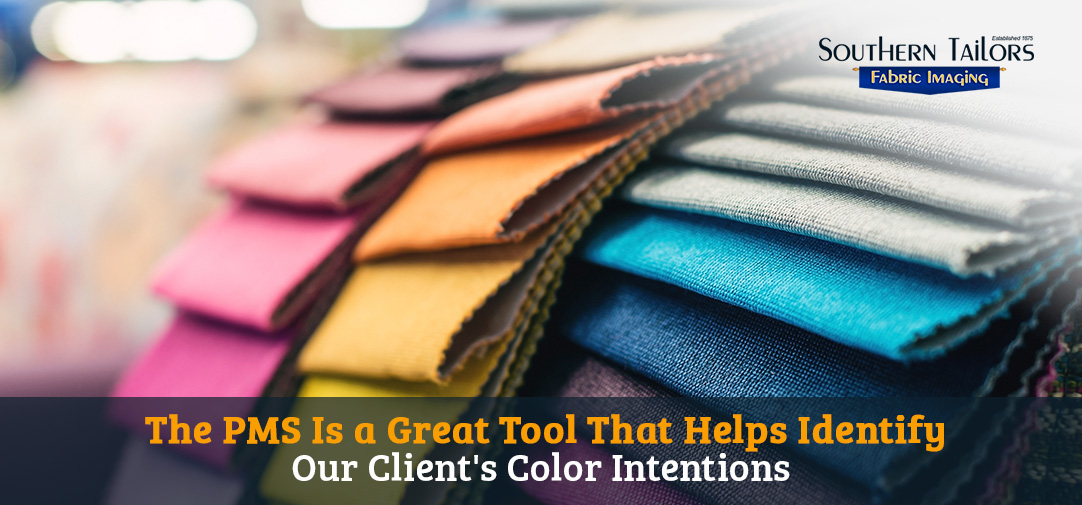 What is the Pantone Matching System?
What is the Pantone Matching System?
The
Pantone Matching System (PMS) is a standardized color reproduction system that was developed by Lawrence Herbert in the late 1950's. This system is mainly used in the printing industry, but it has also found use in the manufacture of fabrics, paint, and plastics. The Pantone Matching System has become the most widely used system among graphic professionals such as designers and graphic artists, as well as in various printing industries.
The Pantone Matching System ensures that manufacturers and printers anywhere in the world can get a definite concept of what a specific color should look like, simply by referring to the code assigned and the swatch guide. There are various color guides that are used for this purpose: The Formula Guide, which displays 18 basic Pantone mixing colors and a palette of color variations created using the base inks in different proportions, and the CMYK Guide, which shows over 2.8K CMYK process colors and their values.
This guide is to be used when printing, using the four-color process printing. It was designed to work with any type of equipment used to reproduce colors and can also be used to reproduce color effects such as metallic and fluorescent tones. In this system, the colors are represented using a 3- or 4-digit code followed by a letter which represents the type of paper stock the color is printed on:
Uncoated,
Coated, and
Matte.
In the Pantone Matching System, each Pantone color corresponds to a number and swatch sample that is created mixing 13 base pigments in specific amounts; this protects consistency and guarantees reproducibility. The artist or designer just needs to provide the Pantone color codes used in their work for the printing company to be able to reproduce them. Using this system ensures that the right color is printed, regardless of what it may look like on the screen.
This system can be used to match colors when you can't compare the samples in person. It is the best choice when you need to get a good idea of what a client is looking for when reproducing logos in multiple media; create precise shades and lively hues; add special effects such as fluorescent details or pastel color; or when you need to cover a large area where color consistency is extremely important.
As an example, we used an Internet matching application to find the Pantone number to the closest match for the colors of our logo:
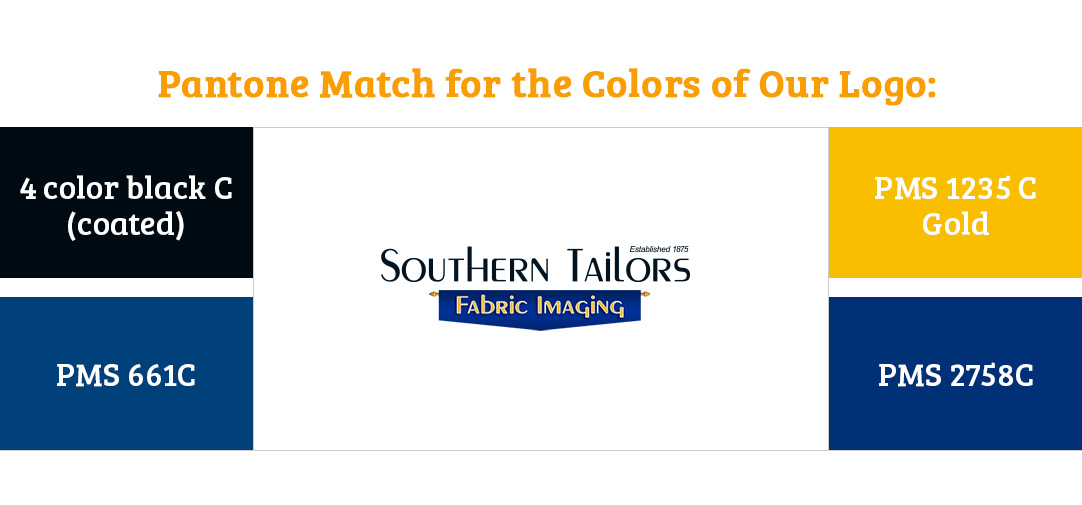 Interesting facts about PMS
Interesting facts about PMS
- Countries such as Canada, South Korea, and Scotland have chosen Pantone colors when producing their flags.
- In 2015, the Pantone Color Institute released a "Minion Yellow."
- Pantone's color-matching service does tailored shades for clients such as Tiffany's Robyn-egg blue and Jay-Z's, custom blue, which were developed by the Institute.
- At Pantone.com, you can find out the "color of the day" and some personality traits associated with this color.
- Most large corporations specify the colors they want for their logos, packaging, etc. using Pantone's Solid-Coated color guide.
What is the CMYK color processing and how does it work?
Most industries today use CMYK or 4-color processing for printing, whereby the image is separated into four different color values:
Cyan,
Magenta,
Yellow and Black (
k). This printing process is used worldwide because almost the entire color spectrum can be reproduced with these ink colors. CMYK colors are used in a wide assortment of print materials, such as magazines, newspapers, and fabric.
This process uses four color dots to reproduce the images, which allows the use of a wide array of colors in a relatively small area. Even though CMYK can generate many different shades and colors, the resulting hues can sometimes be slightly inconsistent. This means the same color can change depending on the media.
Following the example above, we break our logo into its CMYK values:
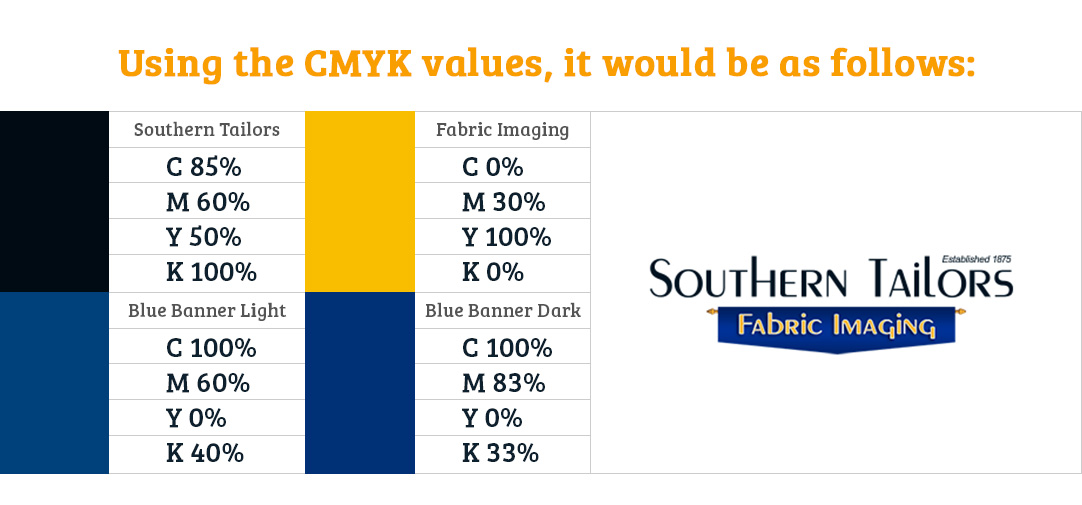 Interesting facts about CMYK color processing
Interesting facts about CMYK color processing
- It is commonly believed that the letter K represents the word "black" and that it was designated as such because the letter "B" already stands for blue in other color systems. Though this explanation might seem logical, the fact is that "K" stands for "Key". In four-color printing, the other three colors are keyed or aligned with the black plate, hence the "K" is used to represent the black ink.
- In theory, and in practice, any color when lowered to the end of the spectrum, can be used to create black; however, adding black ink to the process makes it more cost-effective. Using a separate black ink, instead of using the other three to create black, optimizes the other colors to produce better results.
PMS meets CMYK
Each of these color systems have their advantages and disadvantages.
The Pantone Matching System has developed and published the Color Bridge Set, which provides a side-by-side visual comparison between Pantone spot colors and CMYK process colors. This guide also includes the CMYK, Hex, and RGB values to help designers and other graphic artists with the production of their digital art. Additionally, the most popular graphic software available comes with a CMYK-to-Pantone converter and vice versa. You can also find online tools to carry out the conversions. However, it is important to note that there is no accurate conversion from one system to the other.
Because both color models have specific applications and uses, one or the other should not be used at all times. Occasionally, it is even necessary to use both on the same project to get the best results. For example, in full-color pictures that include images of a logo, the best approach is to use PMS for the logo and CMYK for the pictures. It is important to understand which color system is better suited for any given project, as this will result in printed materials that will pop with lively, crisp colors. Knowing the differences between CMYK and PMS and how they work is what allows the printing business to turn digital files into striking printed copies.
Since most art is prepared in CMYK, we always request a Pantone number. This is a critical tool that helps us identify our client's color intentions, and allows us to adjust our printers to achieve the closest possible results.
What is dye-sublimation?
Sublimation is the conversion of a substance from the solid state to the gas state without going through the liquid state.
Dye-sublimation fabric imaging is a process that consists of using heat-sensitive inks that, upon exposure to heat and pressure, turn into gas and merge with a polyester fabric. The greatest advantage of this process is that ink becomes part of the fabric's structure and the color comes alive while making the images extremely durable.
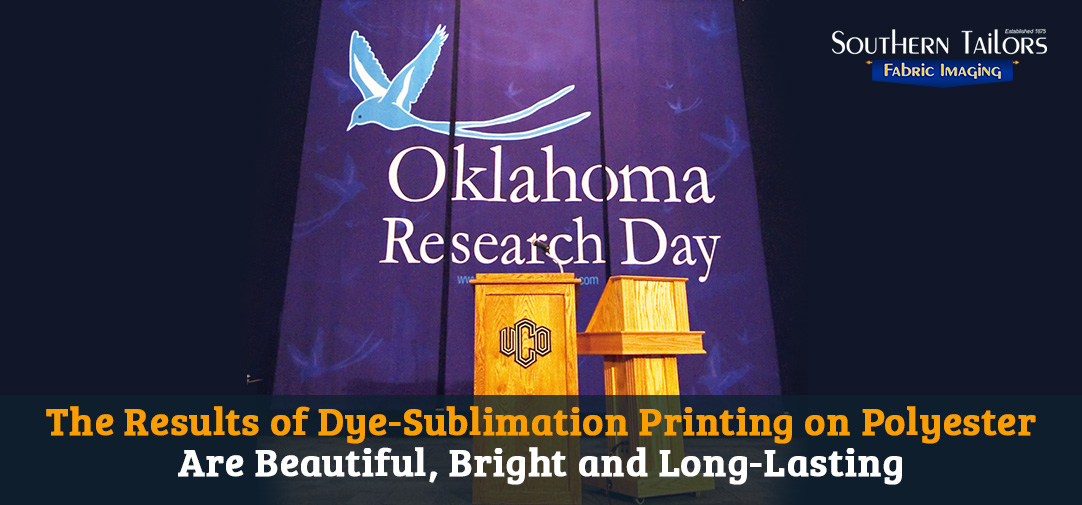
There is a wide range of polyester fabrics that come in a variety of textures for dye-sublimation, depending on what the print is for—woven texture polyester is best to use for exteriors and upholstery, and knit material is better suited for customized apparel, indoor banners, photography backdrops, and table draping.
The results of dye-sublimation printing are beautiful, and more importantly, the colors are permanent because they are embedded in the substrate instead of printed on its surface.
Fun facts about dye-sublimation
- Even though dye-sublimation is oftentimes associated with fabric imaging, it has many other uses. Nowadays, rigid materials can also be printed using this technique. Wide-format printing has made it possible to print rigid materials, while the advances in technology have made customization of any printing surface, from vinyl to ceramic tiles, cost-effective. Polymer-treated rigid materials have been developed for this purpose, so images can even be printed on aluminum, brass, fiberglass, glass, and others.
- The sublimation printing process produces the most vibrant images with unique effects.
- Only polyester fabric, polymer, or polymer-coated objects can be printed using this technology.
- When fabric or any other polymer surface is dye-sublimated, you cannot feel the difference between the printed and the non-printed surface, because the image becomes a part of the surface itself.
RGB: the third wheel of color-image processing
There is a third color model that needs to be taken into consideration when it comes to getting an image from a digital format to a hard copy—RGB. RGB is the way computers and other electronic devices "understand" and display color. RGB stands for
Red,
Green and
Blue, which are the colored lights used to reproduce the wide array of colors we see, for example, in our computer screen or cell phones. While what you see on your computer screen most likely uses the RGB model, most printing hardware uses CMYK color processing. This is the main reason sometimes what you see is not what you get, and here lies the importance of understanding color and the various forms of input and output when using dye-sublimation or any other printing technology.
Why is dye-sublimation for fabric imaging the best choice?
According to the Electrical & Computer Engineering and Computer & Information Sciences Lab of
The University of Delaware, there are two key elements that make dye sublimation printing one of the best printing choices:
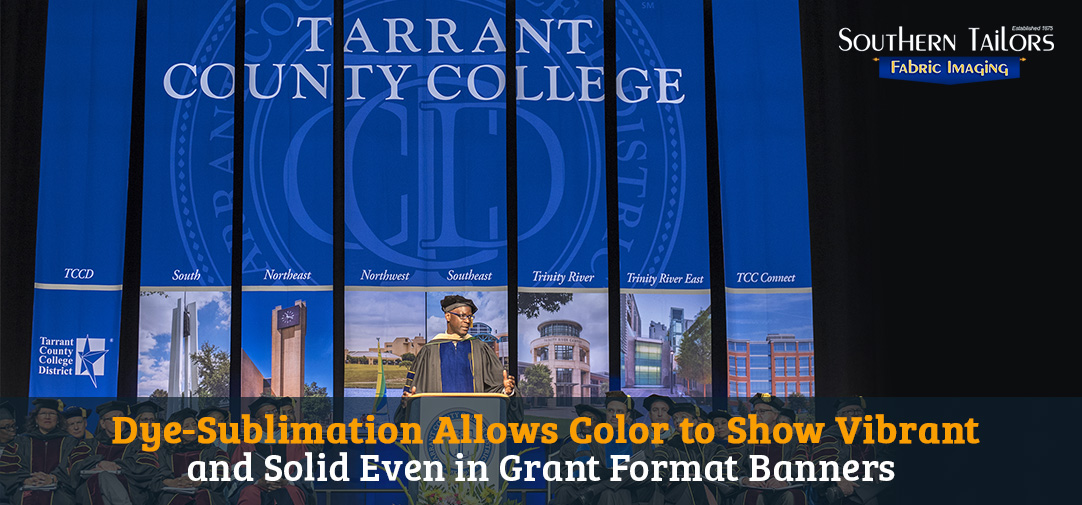
This technique uses inks that are heat sensitive. This means that they react when submitted to high temperatures. How? Think about the concept of sublimation itself. These heat-sensitive inks undergo heat and pressure, changing from solid to gas, once in the gaseous state, they are combine with the medium (100% polyester), returning to the solid state as they get in contact with it. Compared to other printing methods, a dye-sublimation printer can achieve the same results with a much lower DPI.
Because inks are ''incorporated'' into the printing media, whether it's paper or fabric, the result has a more natural, solid appearance. For this same reason, images that are dye-sublimated are less likely to fade, which makes them long-lasting and usually colorfast. The use of the optimal media makes the process even more durable.
The main difference between dye-sublimation printing and other processes is the use of heat. Dyes are turned into gas and the color saturates the surface. This creates a subtle color gradation at the edges, unlike inkjet printing, for example, which results in a conspicuous border on the surface.
Using dye sublimation for fabric imaging guarantees that the color is embedded, as the heat sets it into the fabric fibers; the finished product not only has lively, vibrant colors that won't wash out, but is soft to the touch.
We combine the most advanced technology with expert professionals to ensure the final product meets and exceeds our clients' expectations.
If you are looking for a professional fabric imaging company to deliver bright-colored gonfalons, banners, or backdrops to complement any of your events, Southern Tailors Fabric Imaging offers many products that can easily accommodate your needs. Give us a call at
(404) 367-8660, toll free at
(877) 655-2321, or send us a message through the
contact us form to learn more about our services.
If you found this article helpful, let us know in the comment section below. Also, feel free to share it by clicking the share buttons below. Want us to cover another topic related to fabric imaging services? If so, then like us, follow us, and post to any of our social media profiles the topic you'd like us to discuss:
Instagram @SouthernTailors,
Facebook Southern Tailors Fabric Imaging,
Twitter @SouthernTailors, and
Google+ Southern Tailors.
 Corporate & Non-Profits
Corporate & Non-Profits

 Interesting facts about PMS
Interesting facts about PMS 

